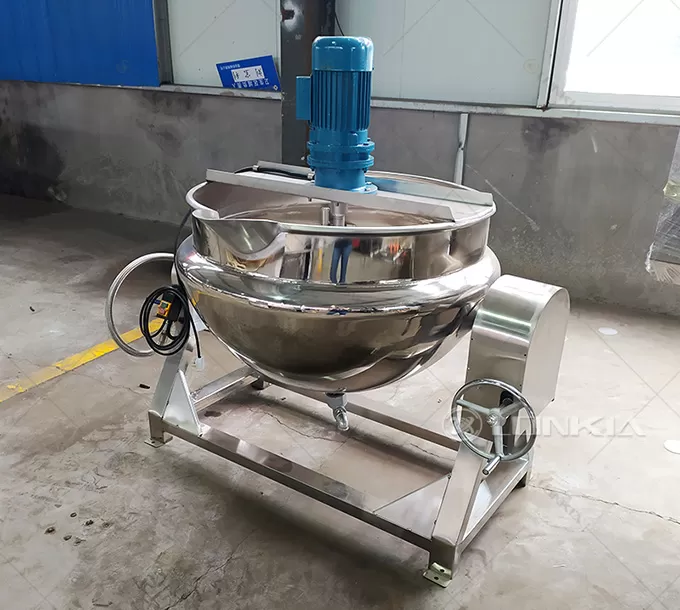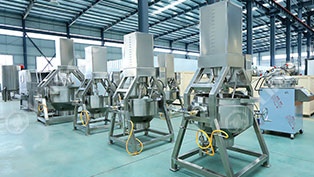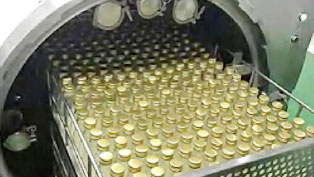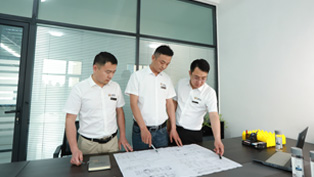Steam-jacketed kettles are highly valued in food processing and commercial kitchens for their efficiency and precision. However, like any industrial equipment, they come with some drawbacks. This article will explore the key disadvantages of steam-jacketed kettles and offer insights into considerations before investing in one.
1. High Initial Investment
Explanation: Steam-jacketed kettles generally have a higher upfront cost due to their design and the materials used to ensure durability. This initial expense can be significant, particularly for smaller operations or businesses just starting out.
Consideration: While the upfront cost may be high, these kettles offer long-term value through energy efficiency and consistent performance, which can offset the initial investment over time.
2. Dependence on Steam Source
Explanation: Steam-jacketed kettles require an external steam source, which means they need to be connected to a boiler system. Not all kitchens or food processing facilities have access to such infrastructure, and installing a boiler system can be costly and space-consuming.
Consideration: For businesses that already have steam infrastructure, these kettles are ideal. However, smaller operations or mobile kitchens might find electric kettles a more practical choice.
3. Space and Installation Requirements
Explanation: Steam-jacketed kettles are often larger than other kettles and require specific space for installation, especially if they’re connected to a central boiler. This setup can be challenging for facilities with limited space.
Consideration: Assess the available space in your kitchen and the installation requirements before choosing a steam-jacketed kettle. LONKIA offers a range of sizes and models that may better fit compact spaces, making them more adaptable for different kitchen layouts.

4. Maintenance and Safety Concerns
Explanation: Steam-jacketed kettles need regular maintenance to ensure safe operation, particularly in checking the steam lines, valves, and pressure controls. Any failure in these components could pose safety risks, including potential burns or pressure-related accidents.
Consideration: Proper maintenance routines and trained staff can mitigate these risks. Investing in safety training and regular equipment checks will ensure safe and effective operation of the kettle.
5. Limited Mobility
Explanation: Once installed, steam-jacketed kettles are not easily movable. This limitation makes them less versatile for kitchens where equipment needs to be frequently relocated or reconfigured.
Consideration: For kitchens requiring more flexible layouts, an electric or tilting kettle might offer a better solution, as they can be more easily moved to accommodate changing needs.
Why Choose LONKIA for Your Kettle Needs?
While steam-jacketed kettles come with certain disadvantages, their precision, capacity, and energy efficiency can make them a valuable addition to many commercial kitchens. At LONKIA, we offer a range of steam-jacketed kettles with various sizes and configurations, designed to balance performance with ease of use and durability.
Contact LONKIA for Expert Guidance
If you're considering a steam-jacketed kettle but have concerns about its fit for your business, our team can provide expert advice and help you explore other options tailored to your needs. Reach out to LONKIA today to learn more about our solutions for efficient and reliable cooking equipment.



